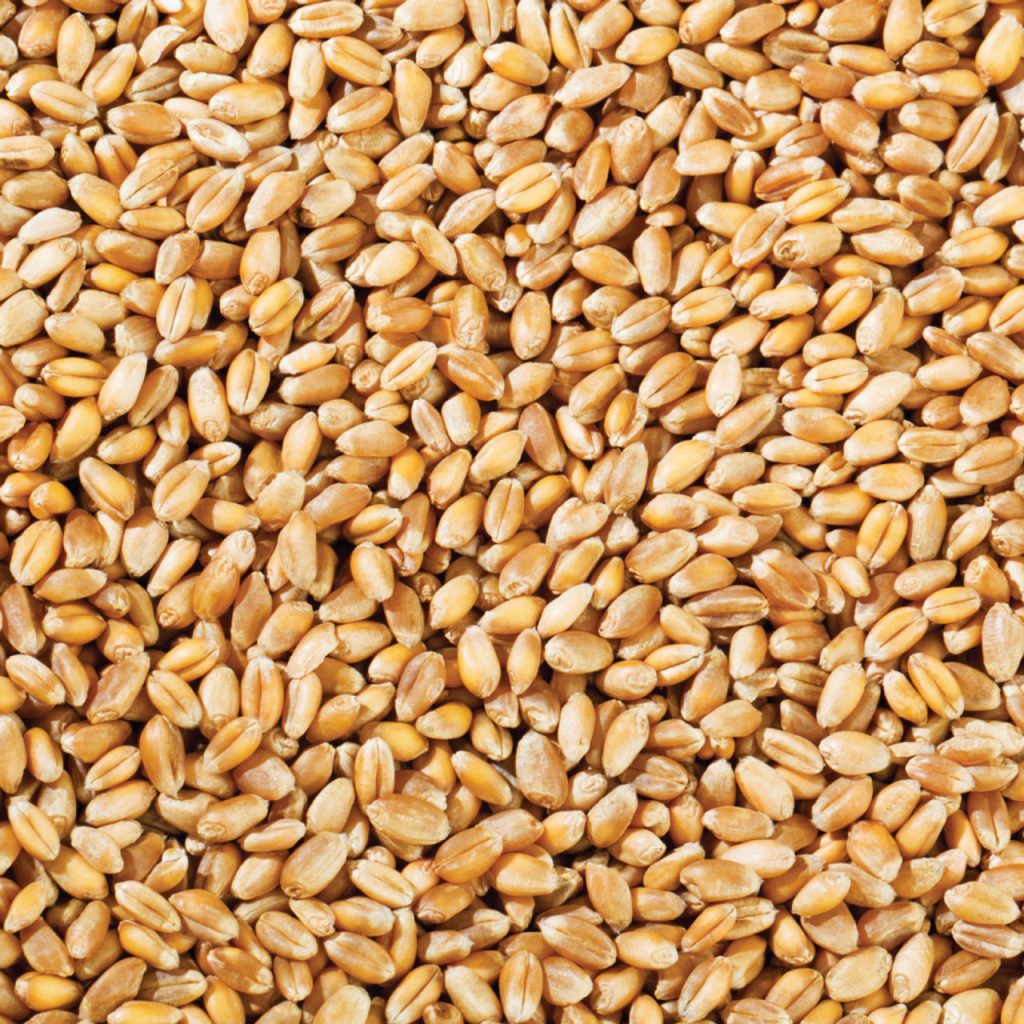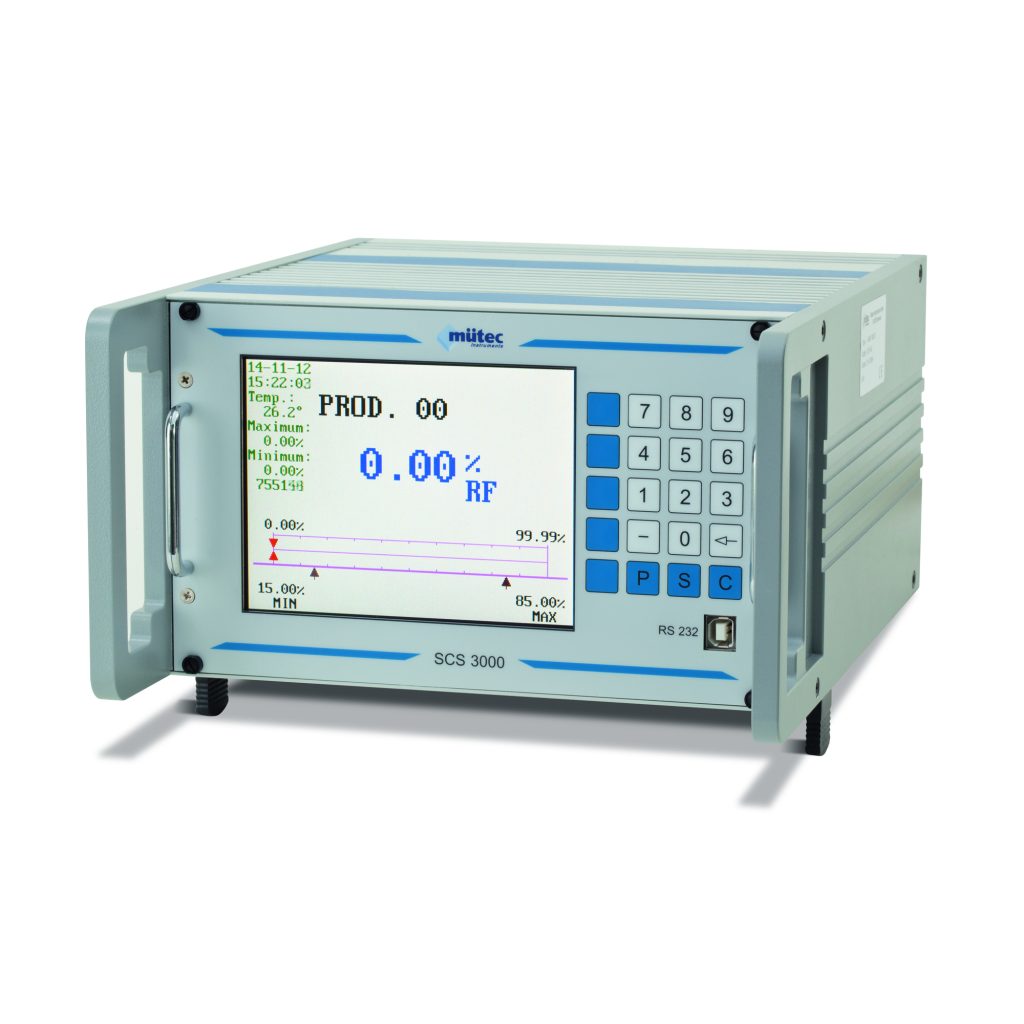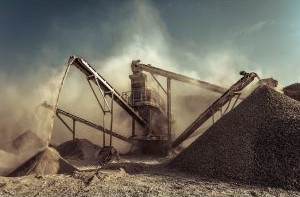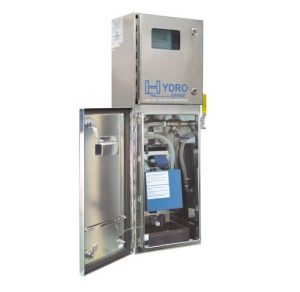Grain moisture is an important parameter that affects the quality and storage life of grains. Moisture content in grains is a critical factor in determining their commercial value, as it influences their weight, nutritional value, and susceptibility to spoilage. Measuring grain moisture is, therefore, an essential task for farmers, grain handlers, and processors. This is where grain moisture meters come in.

Grain moisture meters are devices used to measure the moisture content in grains. They are crucial for determining the quality of grain at the point of sale, as well as for ensuring proper storage conditions to prevent spoilage. Grain moisture analyzers use various techniques to measure moisture content, including capacitance, resistance, and conductivity. There are several industries that highly benefit from using moisture monitors to measure grain including agriculture, grain storage and handling, food processing and animal feed production.
Information gained from past applications of the Humy-300 Moisture Monitor has shown that every additional 1% of moisture in a product can increase power costs by 10% during the drying process. Installation of the Humy-300 Moisture Meter can recoup costs in a matter of days or weeks, depending on production size.
The most common type of grain moisture meter is the capacitance meter, which measures the dielectric properties of the grain. The meter works by sending an electric current through the grain and measuring the capacitance of the resulting electric field. The moisture content of the grain affects its electrical conductivity, so by measuring the capacitance of the grain, the moisture content can be determined.
Resistance grain moisture meters work on the same principle, except they measure the electrical resistance of the grain rather than its capacitance. These types of meters are typically more accurate than capacitance meters, but they come at a higher price.
Conductivity meters are another type of grain moisture meter that measures the electrical conductivity of the grain. These meters work by passing an electric current through the grain and measuring the resulting voltage. The moisture content of the grain affects its electrical conductivity, so by measuring the voltage, the moisture content can be determined.
Grain moisture analyzers come in various sizes and types, from handheld to portable and laboratory-grade meters. Portable meters are ideal for farmers and grain handlers, as they are small, lightweight, and easy to use. Laboratory-grade meters are more precise and are typically used by processors and quality control labs.
One important factor to consider when using a grain moisture meter is calibration. Grain moisture meters must be calibrated to ensure accurate readings. Calibration involves testing the meter against known samples of grain with a known moisture content. If the meter is not calibrated correctly, it may give inaccurate readings, which can lead to problems with grain quality and storage.
In conclusion, grain moisture meters are essential tools for anyone involved in the production, handling, or processing of grain. They provide accurate and reliable measurements of grain moisture content, which is critical for determining grain quality and preventing spoilage. Moisture meters are also an invaluable tool for cost savings in energy usage. When using a grain moisture meter, it is essential to ensure that it is properly calibrated to ensure accurate readings.






